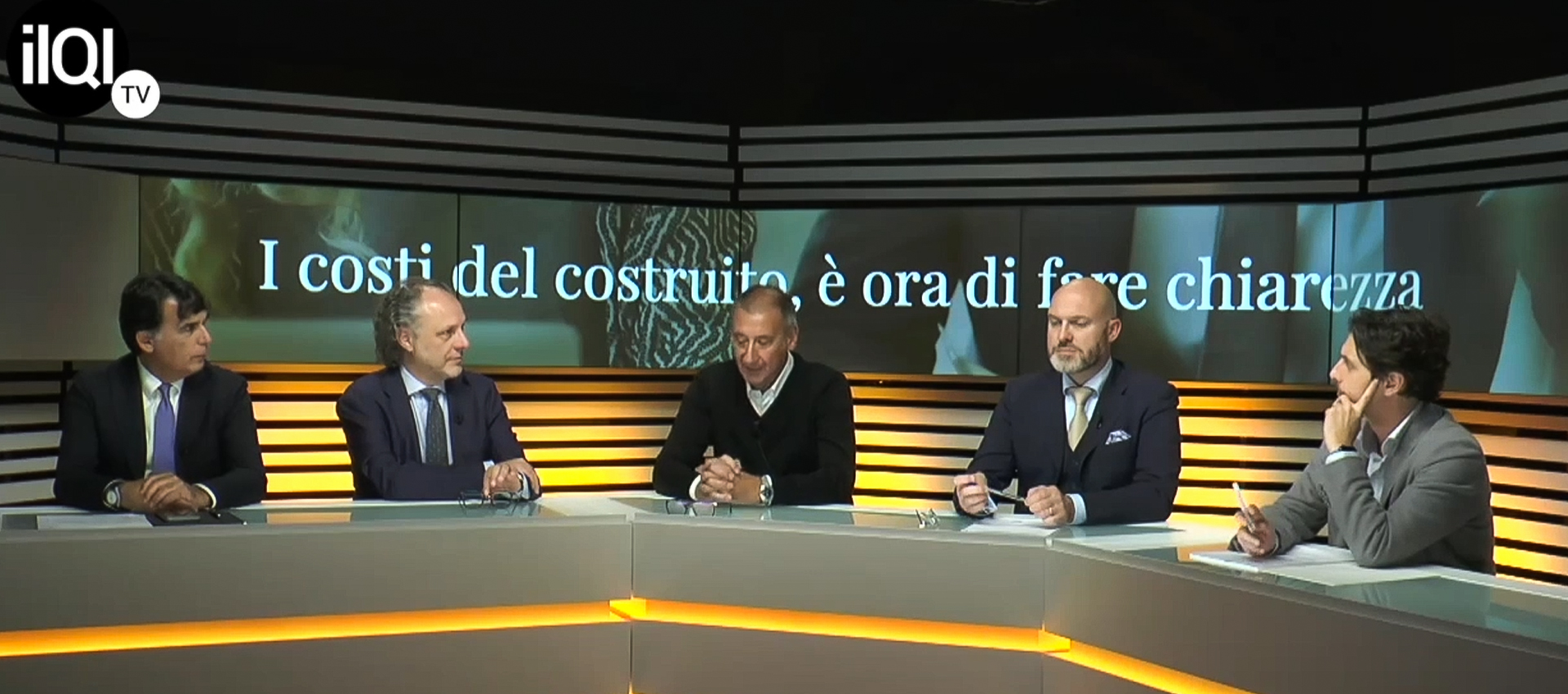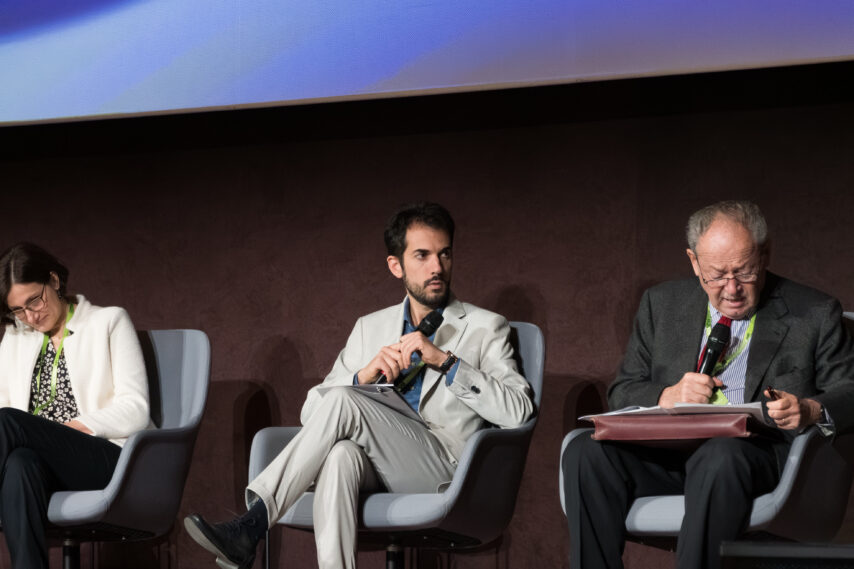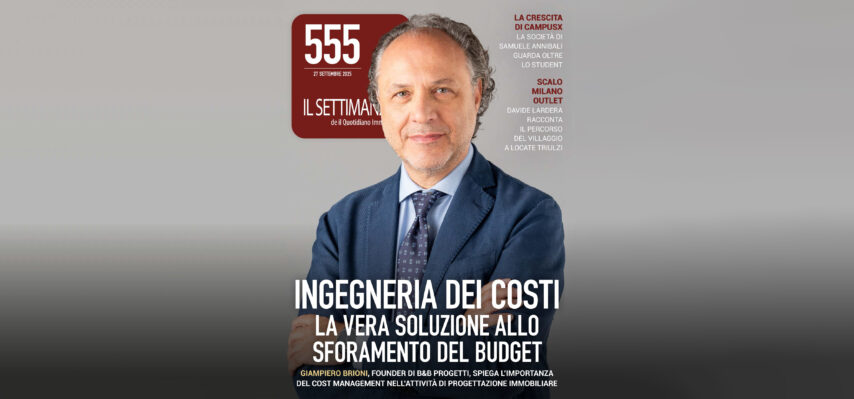Cost management in Italy’s construction industry represents one of the sector’s most significant yet underexplored challenges. During the October 14th Camelot Council, organized by Quotidiano Immobiliare, Eng. Giampiero Brioni contributed to a multidisciplinary discussion on construction costs, highlighting structural issues and innovation opportunities within the industry.
BIM Beyond 3D Visualization
“BIM dimensions are like Russian dolls,” Brioni emphasized, addressing a recurring industry problem: the confusion between authentic BIM models and simple three-dimensional representations. Building Information Modeling relies on the coexistence of multiple shared information dimensions, but effectiveness depends on proper preliminary document structuring. Early information sharing among project stakeholders emerges as critical for project success. When information is correctly structured in initial phases, it becomes a shared asset for all process participants.
From “Computista” to Quantity Surveyor
A significant cultural aspect emerges from terminology still used in the Italian sector. “We’re still called ‘computisti’ instead of quantity surveyors,” Brioni observes, highlighting a conceptual gap of at least fifty years. The traditional computista model—a professional who estimates costs based on final drawings—proves inadequate for economic prevention.
“If we need to prevent issues, we cannot wait until the end of executive design to address costs: the project’s economic primacy disappears,” Brioni emphasizes. This statement underscores the necessity for a proactive approach in project economic management.
Italy’s Educational Gap
International comparison reveals significant differences in educational approaches. Spain offers specific three-year programs for training cost management professionals in engineering projects, while in Italy, expertise develops primarily through field experience, resulting in systematic undervaluation of the role’s complexity.
Modern Quantity Surveyors must manage aspects that don’t exist in traditional executive design, requiring specialized competencies and appropriate economic recognition. Integrating contractors in project initial phases represents a key element for process optimization.
Toward Integrated Methodology
Brioni’s intervention at the Camelot Council helped outline a shared vision: the necessity to overcome sectoral logic and build a more cohesive supply chain. Recognizing cost value not as an obstacle but as an opportunity for process efficiency represents a necessary cultural paradigm shift for the sector.
BIM technology, when properly implemented, can support this transformation, but the real driver remains the shared commitment to pursue integrated work among all supply chain actors.
Watch the full video here










